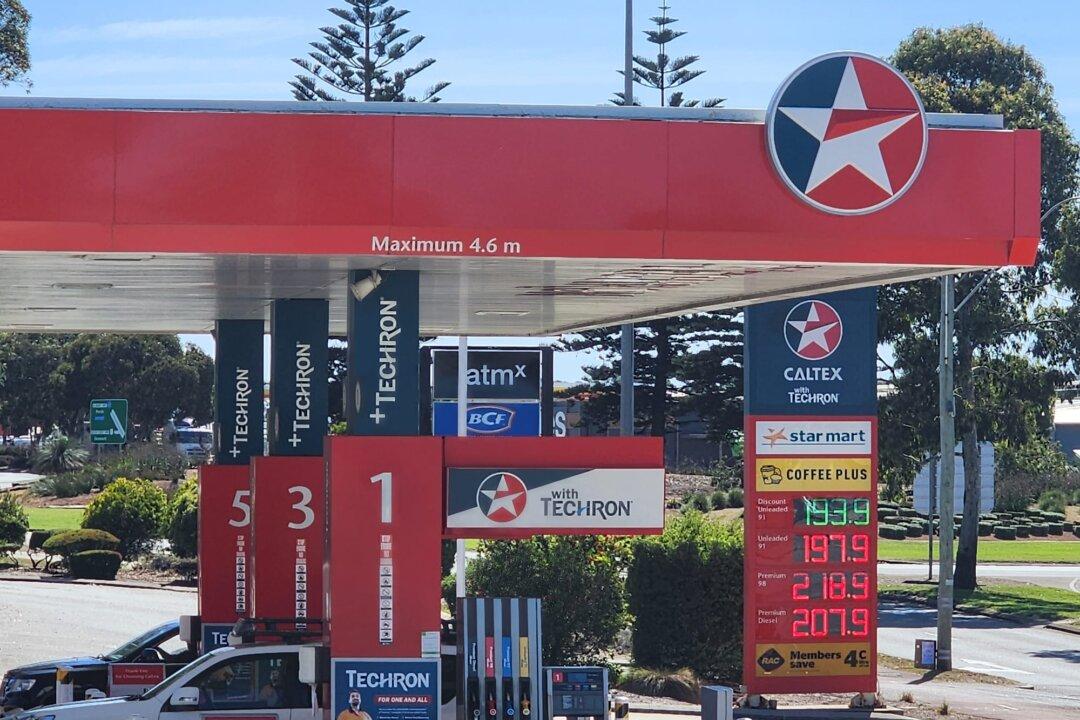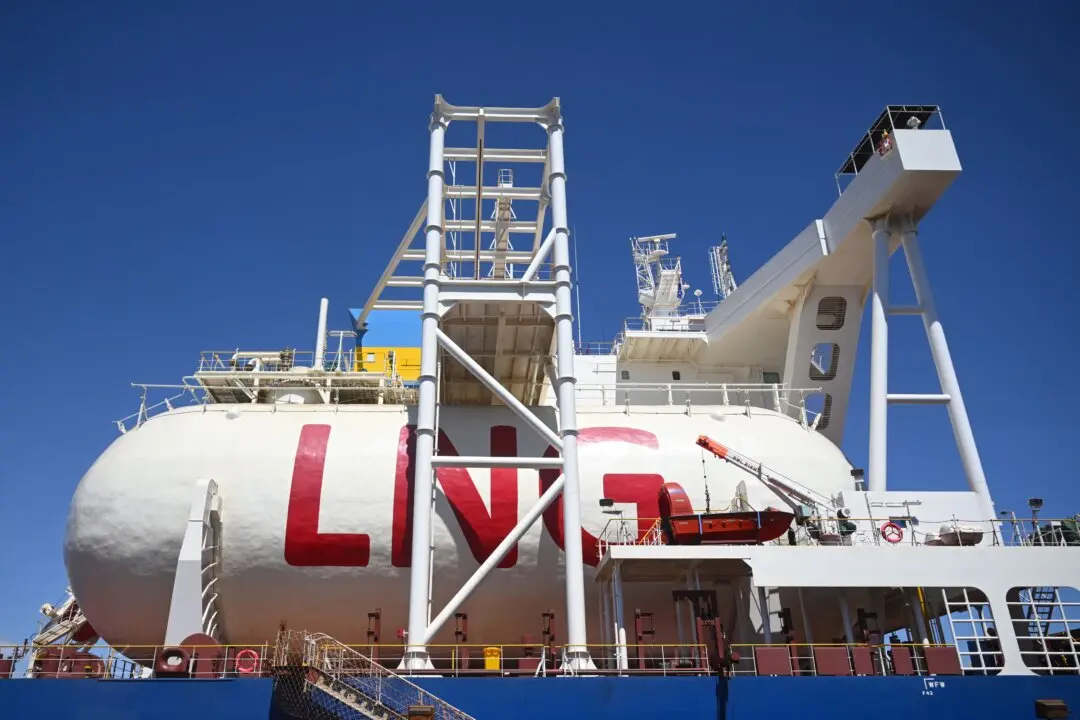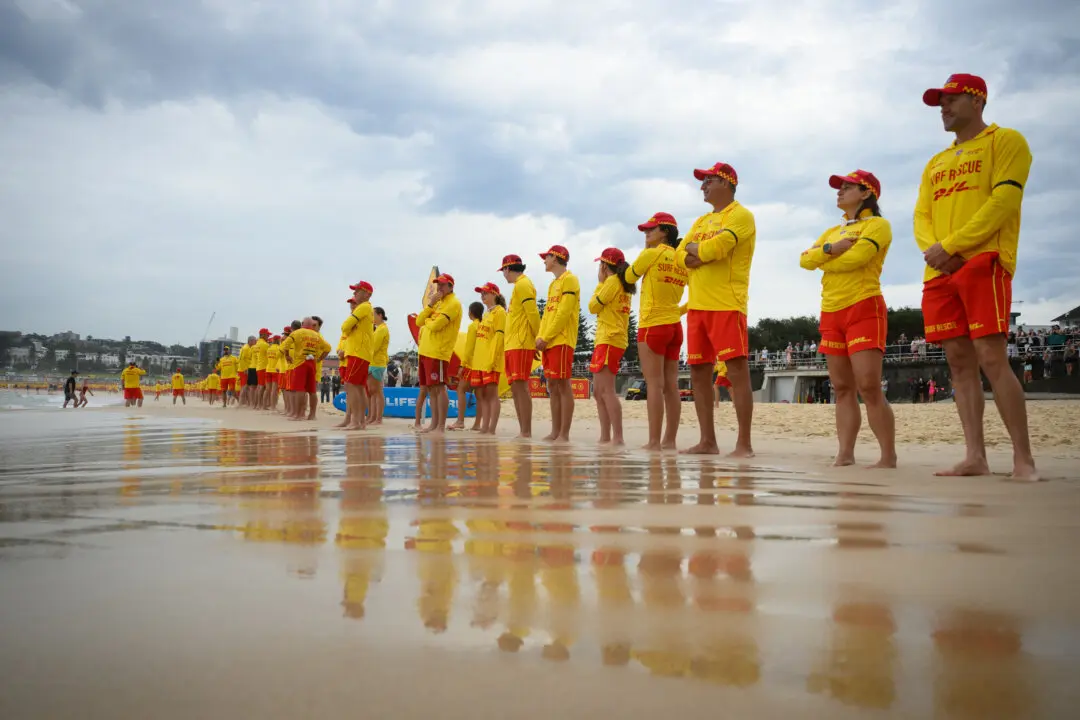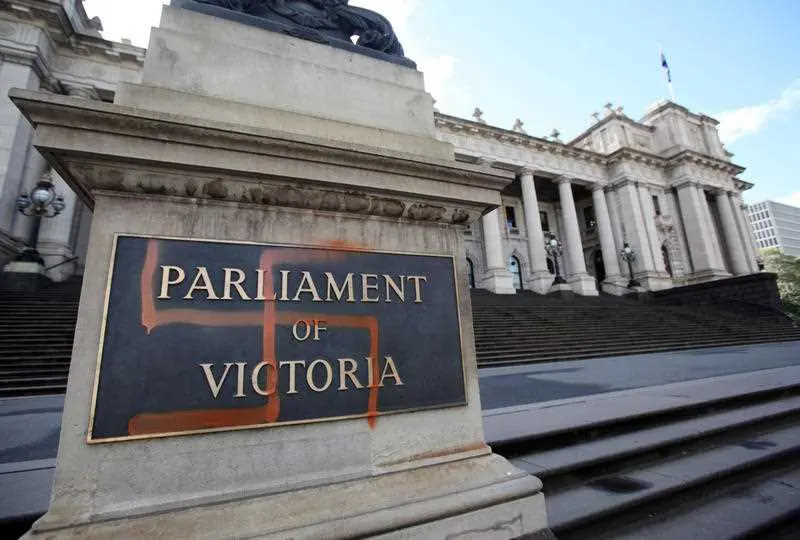High transport costs are fuelling household budget concerns with research revealing a surge of more than 10 percent over the course of a year.
Figures from the Australian Automobile Association (AAA) showed households in three capital cities were spending more than $500 (US$328.6) a week on transport, and the average cost of driving a car and catching public transport soared to $458 (US$301) per week across the nation.





